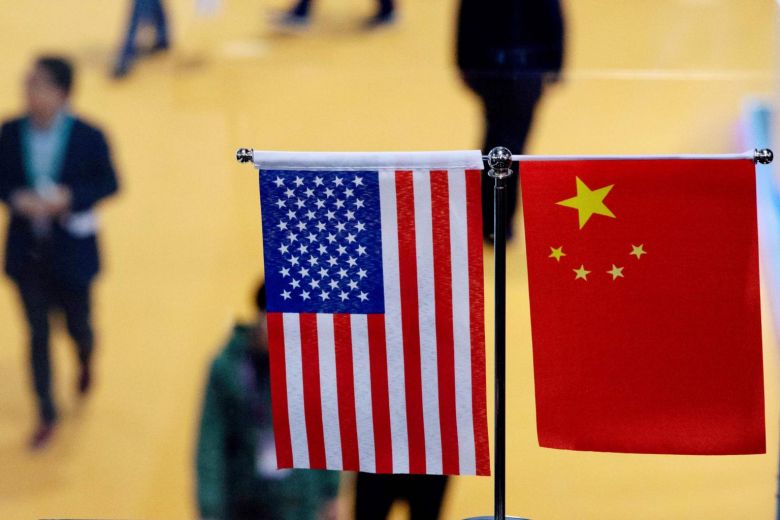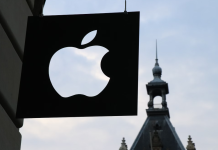Huawei was added to the US ‘Entity List’ last year. This forced American companies to cease their businesses with the Chinese telecom giant. Now, after a year, the ban has been further extended for another year, in addition to plans that will cut off Huawei from global chip suppliers like TSMC. To counterattack these harsh measures, China is readying its own ‘Unreliable Entity List’ according to a report by Global Times.

The Chinese Ministry of Commerce’s (MOFCOM) Unreliable Entity List will include “foreign organizations, individuals and companies that block or shut supply chains, or take discriminatory measures for non-commercial reasons, whose actions endanger the business of Chinese companies as well as global consumers and companies”.
The listed companies will have to “face necessary legal and administrative measures and the Chinese public will also be warned against it to reduce risks”.
According to insiders, the Chinese government is targeting the following US companies that are largely dependent on China.
The problem for Huawei begun to pile up in early 2018 when AT&T dropped its plans to sell the Mate 10 Pro on account of pressure from the US government. This was later followed by warnings from the FBI, CIA, NSA, and three other US intelligence agencies to stop using or buying products from Huawei and ZTE.
Also, these companies were later banned from supplying telecom equipment for 5G infrastructure. The US officials even warned other countries to avoid using technologies from these two brands.
Then in May of 2019, Huawei was finally added to the ‘Entity List’ and this led the company to lose its GMS (Google Mobile Services) license. Since then, the sales of Huawei and Honor branded smartphones tanked globally but it surged high in China.
Huawei has developed its own HMS (Huawei Mobile Services) to fill the void left by GMS for global markets. However, the company’s AppGallery still lacks a number of most-used apps and most users depend on Google apps, which are not available on new Huawei/Honor smartphones anymore.
UP NEXT: Huawei teardown reveals US made parts were replaced by Chinese alternatives after the Ban
(Source)







